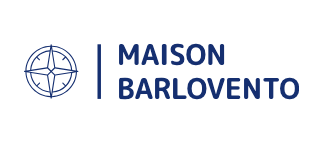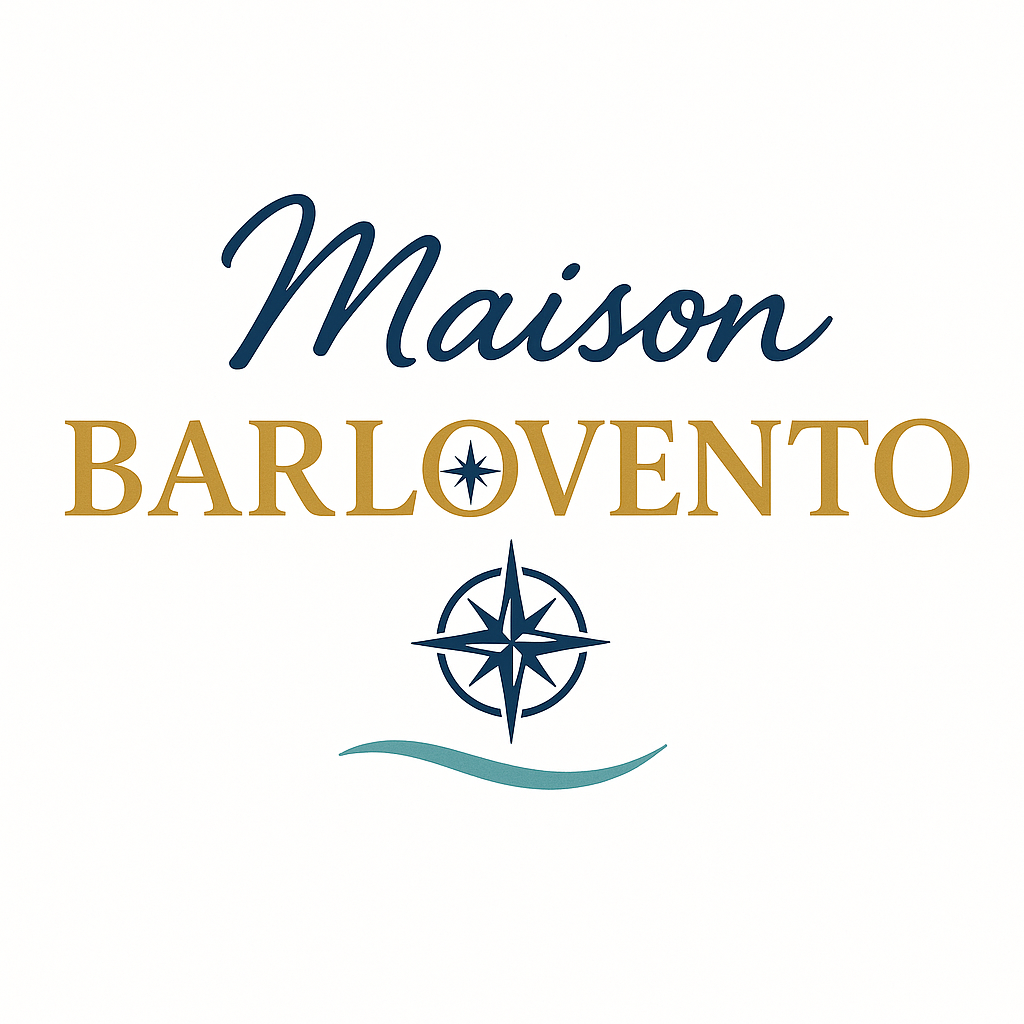Blog

Waste = Money: Why ESG is a Business Strategy, Not a Buzzword This morning, I found myself staring at an old iPad and asking a deceptively simple question: What do you do when technology becomes obsolete? You can donate it. You can smash it to protect personal data. You can try to recycle it. But here’s the real question: when you throw it away, are you also throwing money in the trash? Waste isn’t just about environmental impact. It’s about economics and opportunity. Every discarded device, bottle, or textile contains embedded resources: plastics, rare earth minerals, and packaging that could be reused, resold, or repurposed. Consider that the world generated 62 million tonnes of e-waste in 2022, with only about 22% formally recycled. That’s not just an environmental challenge. It’s a massive untapped market. 🌍 Lessons From Jordan and Beyond In Jordan, I worked with colleagues on a large-scale recycling program. Landfills expanded like artificial mountains, layered with plastics and glass. The consequences weren’t abstract: materials leached into the soil, which then leached into water—especially critical in a country like Jordan, one of the most water-scarce nations in the world. Globally, less than 9% of plastics are recycled, highlighting the urgent need for systemic change and value recovery. Waste in a place such as Jordan isn’t just inconvenient. It’s existential. Designing Jordan’s national recycling program was a dream project. It wasn’t just about waste removal. It was about turning a national problem into an opportunity: creating jobs, building markets, and proving that recycling could be an economic engine. I’ve also worked on military and industrial waste in U.S. territories and bases across the Pacific Islands. These sites grapple with the long-term impact of oil, pesticides, and legacies such as Agent Orange. The truth is that waste never truly disappears. It migrates into water and food systems, with serious health outcomes. This isn’t a specific issue for one region. Waste is a worldwide problem. Early in my career, I worked on plasma waste destruction systems, a technology Japan uses to neutralize and destroy waste at extremely high temperatures. The takeaway? Waste will always exist, but innovation can transform it from a liability to a valuable asset. The corporate lesson is the same: today’s waste is tomorrow’s lawsuit, lost trust, or reputational crisis. From CRV in California to Incentives in Germany — and MAC’s Missed Opportunity Growing up in California, I learned recycling through CRV, California Redemption Value. In Germany, I used bottle deposit machines that scan, swallow, and instantly refund coins. The lesson was simple: incentives change behavior. That’s why I was surprised when MAC (part of #EsteeLauder) dropped its long-standing incentive program in 2023, which gave customers a free lipstick when they returned empty containers. It wasn’t only about recycling. It was clever marketing, a way to attract customers, encourage purchases, and reward loyalty. By dropping it, MAC likely jeopardized customer loyalty and sacrificed a proven marketing channel. It’s a vivid example of what happens when sustainability is framed as a “cost” instead of a strategic imperative. Incentives aren’t environmentalism. They’re economics. Beyond Recycling: The Case for Upcycling I’ve seen the creative power of upcycling in textiles, plastics, and electronics. In a North African textile factory, laser cutters and 3D printing eliminated excess waste. Every shoe component was calculated before production. The result: lower energy use, reduced material costs, higher efficiency, and better margins. From a business perspective, waste isn’t about “green” values. It’s about value capture. Every discarded device, bottle, or textile contains embedded resources that could be reused, resold, or rebranded. So, the question is: as a CEO or entrepreneur, what money are you leaving on the table by not reclaiming your own waste? 🧭 ESG, Innovation, and the Coca-Cola Model Too often, ESG gets pigeonholed as “waste management.” But the real story is innovation. Take #CocaCola. I’ve worked with them on water and sanitation projects in Sub-Saharan Africa, and one thing is clear: Coca-Cola can reach every village, no matter how remote. If a Coke bottle can get there — on a tuk-tuk, a scooter, or a donkey cart, then so can vaccines, medicine, or safe drinking water. That’s distribution innovation, not environmentalism. Coca-Cola has long understood the importance of return and reuse. From refillable glass bottles to plant-based packaging, they’ve integrated circularity into their business model, not as a charity, but as a logistics-driven approach. That’s the real lesson for CEOs: ESG isn’t about slogans. It’s about how you evolve with your customer. It’s apolitical. It’s economics. It’s your bottom line. 📊 References & Further Reading - Plastics: Less than 9% of plastics are recycled globally – OECD, Global Plastics Outlook - E-waste: World generated 62M tonnes in 2022, only ~22% formally recycled – UN Global E-Waste Monitor - Cosmetics: Beauty industry creates 120B units of packaging annually – Zero Waste Week - RTS Recycling Report (2024): The State of Recycling Today - Circular economy projections: Market expected to exceed $700B by 2030 – Allied Market Research Waste isn’t about being green. It’s about economics. It’s about cost, opportunity, and brand protection. The choice is simple: capture the value now, or pay the price later. Stay grounded. Trust the wind. 🌊 #ESG #Sustainability #CircularEconomy #Recycling #Upcycling #Innovation #BusinessStrategy #EsteeLauder #MAC #CocaCola #maisonbarlovento

